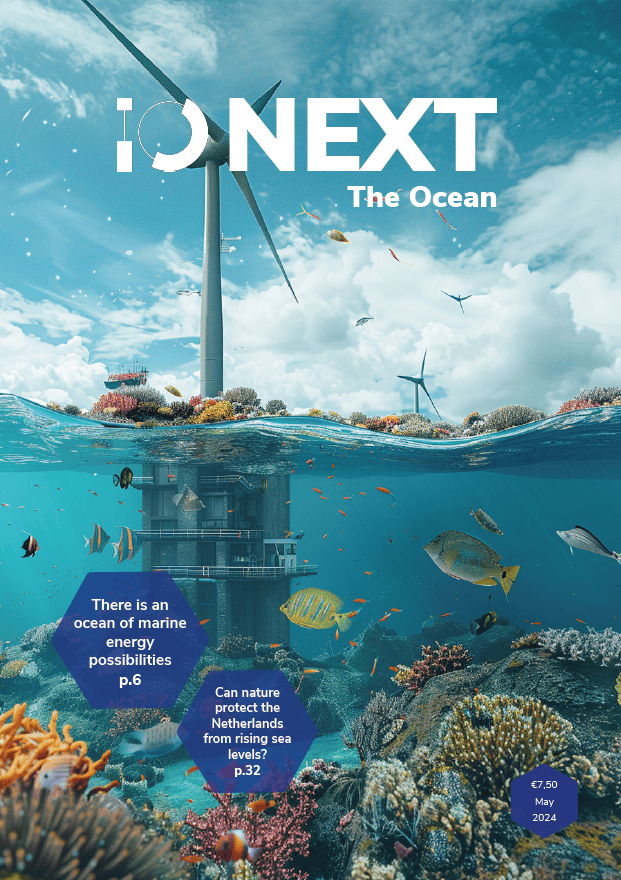
Offshore wind farms are an indispensable part of the Netherlands’ energy transition. The target for offshore wind energy was exceeded in 2023: current capacity is 4.7 gigawatts, 0.2 gigawatts more than the target. There will only be more wind turbines at sea. By 2030, the Lower House wants 21 GW of wind farms in the North Sea. These will supply 16% of all energy in the Netherlands and 75% of current electricity consumption. But what effect will these parks have on the sea and its animals?
Why this is important:
Offshore wind energy is becoming more and more important for the Dutch energymix. But what effect do wind farmes have on the ocean’s flora and fauna?
Impact on nature
For example, millions of birds migrate across the North Sea yearly. Estimates of how many birds die because they fly into wind turbines are challenging to verify because carcasses fall into the sea and float away. Vattenfall will now use unique thermal cameras on the Hollandse Kust Zuid wind farm to improve the number of bird casualties from offshore wind farms.
For this study, one of the turbines will be equipped with 16 infrared cameras covering all corners of the turbine. The cameras work 24/7 and use AI and special software to detect falling objects and select the relevant images. The cameras also work at night and in bad weather, such as rain or fog. They can spot small birds up to a distance of about 120 meters. For large birds, the camera’s range is up to 300 meters. Wildlife Imaging Systems provides the camera and AI solution.
The research begins in August and lasts for a year. It focuses on the fall and spring migration periods and cooperates with Wageningen Environmental Research, part of Wageningen University & Research (WUR).
The cameras are designed to collect data on bird strikes and their impact on bird populations. This is crucial for supporting the licensing of new wind farms. Karen Krijgsveld of Wageningen University is involved in Vattenfall’s project as a scientist. He told Dutch newspaper Trouw that songbirds, which mainly fly over the sea at night, are at risk during their mass migration, which occurs about 20 times a year.
Strategic siting of wind farms
Site selection for wind farms is a delicate issue. Not only the flight paths of birds must be considered, but also the habitats of other marine animals. The World Wildlife Fund (WWF) stresses the importance of locating wind farms outside marine protected areas. This is to restore biodiversity and preserve ecological space.
According to the European Birds and Habitats Directive and the Marine Framework Directive, nature is under high pressure. WWF, therefore, advocates the construction of wind farms outside the yet-to-be-implemented ecologically coherent network of marine protected areas.

Innovation and research
However, wind farm construction also involves noise and vibration, which can disrupt marine mammals and fish that rely on sound for orientation and communication. Flexibility and innovation are needed, such as “pile-free” construction and shutting down turbines during marine life migration periods.
Research into the effects of wind turbines on marine life, in combination with other human activities, is essential. WWF suggests creating a network of marine protected areas as climate buffers, facilitating space for offshore wind. The energy transition sustainably occurs through a proper balance between energy generation and nature conservation.
Conclusion
Wind energy on the Dutch southern coast is crucial to the transition to sustainable energy and achieving CO₂ reduction targets. At the same time, it is important that the further development of offshore wind energy considers nature. Through monitoring, strategic planning, and innovative techniques, the balance between sustainable energy production and nature conservation can be ensured.
What can we learn from the sea? What role can the ocean play in generating renewable energy? And how can innovations help us take better care of the sea? Find out in our newest edition: IO Next: The Ocean.


